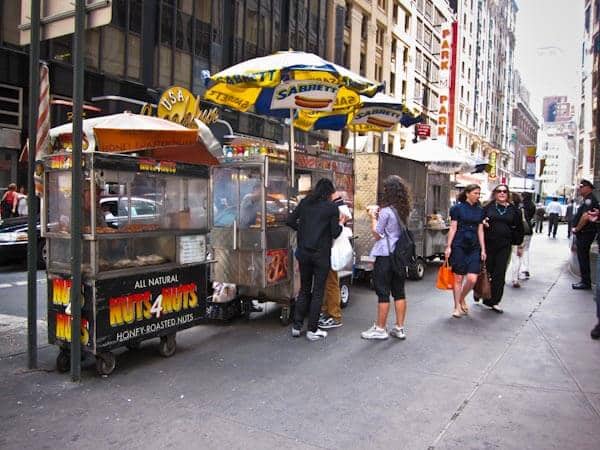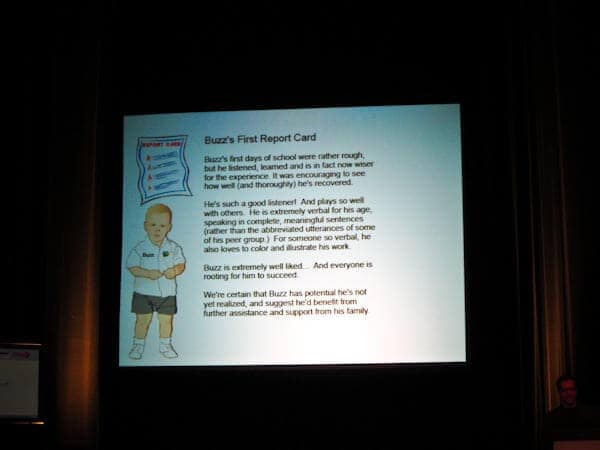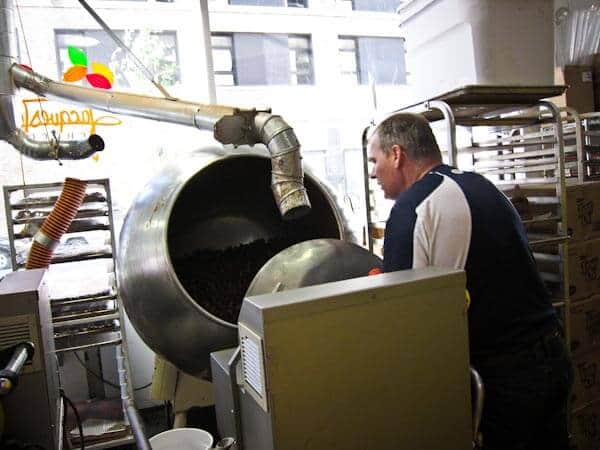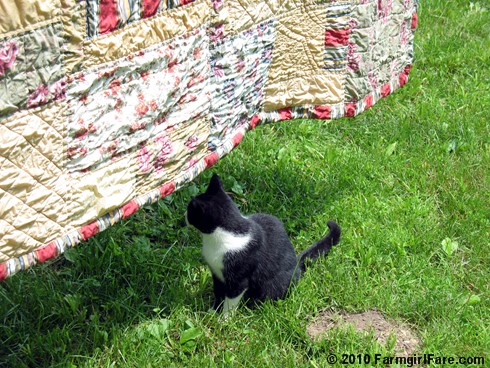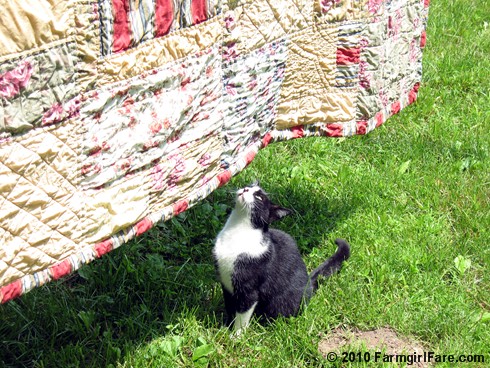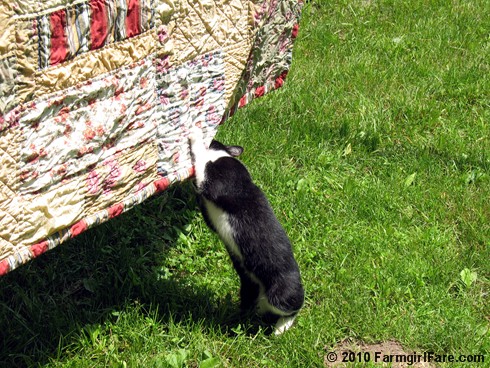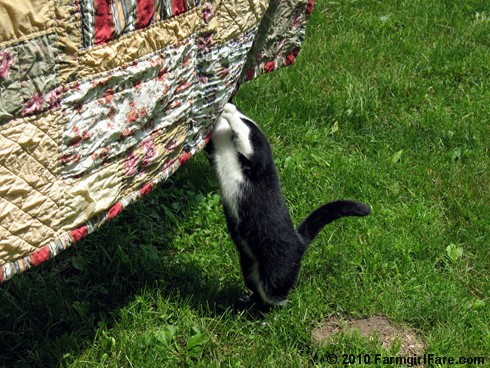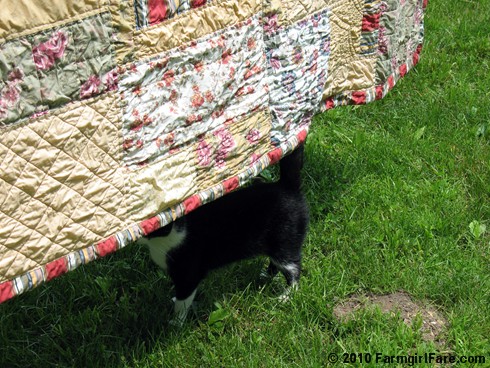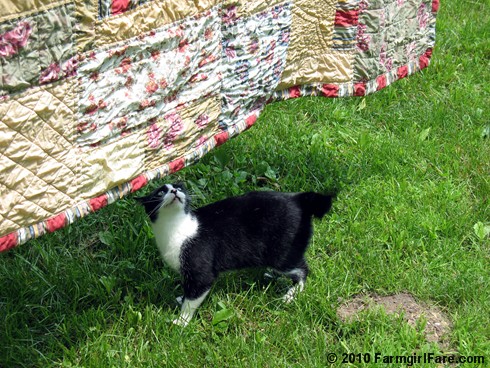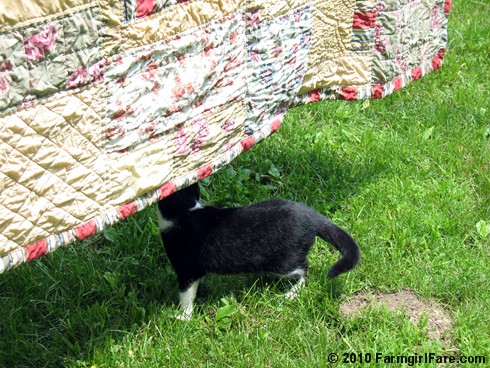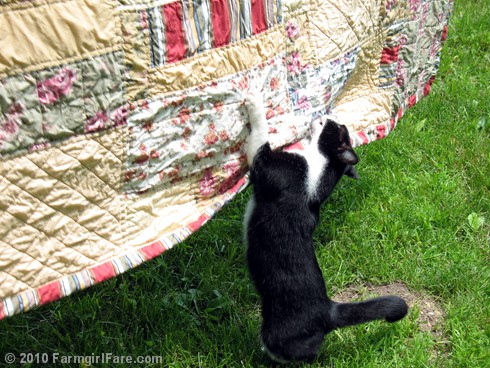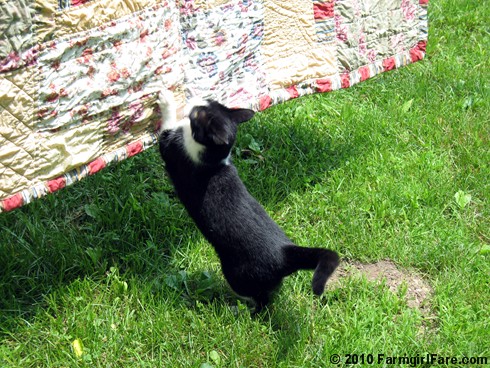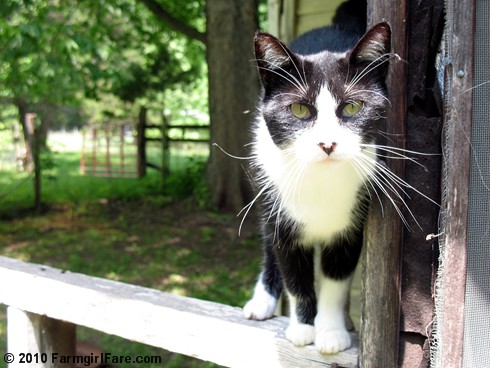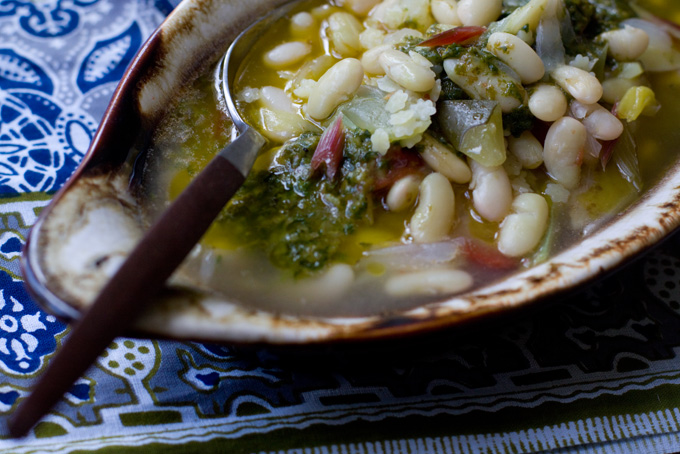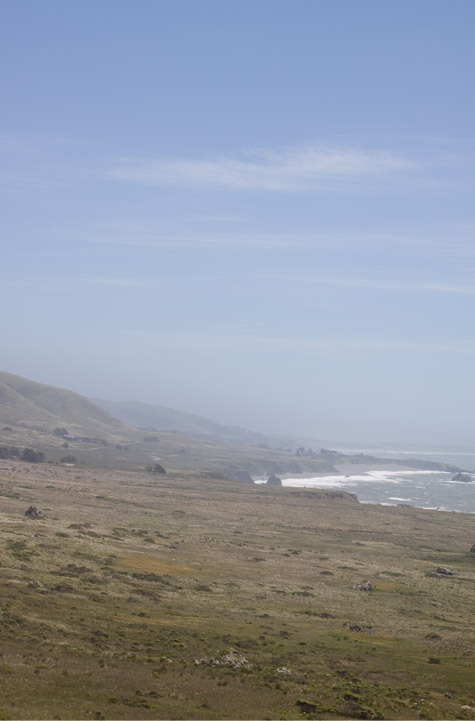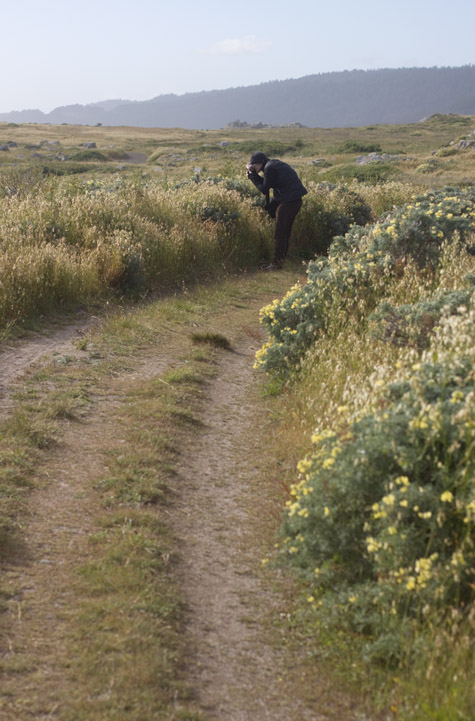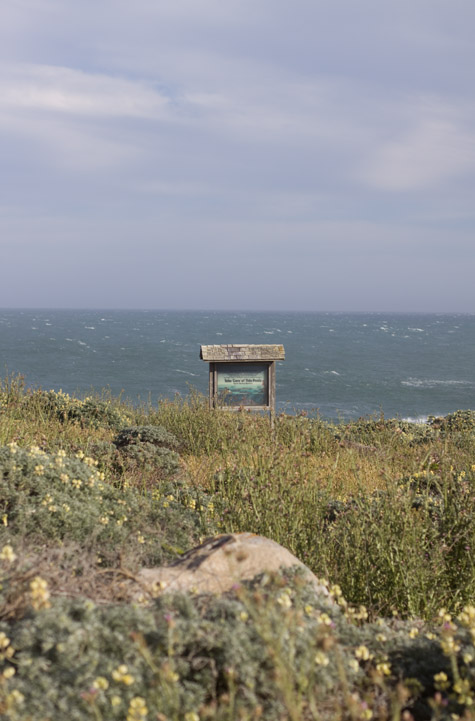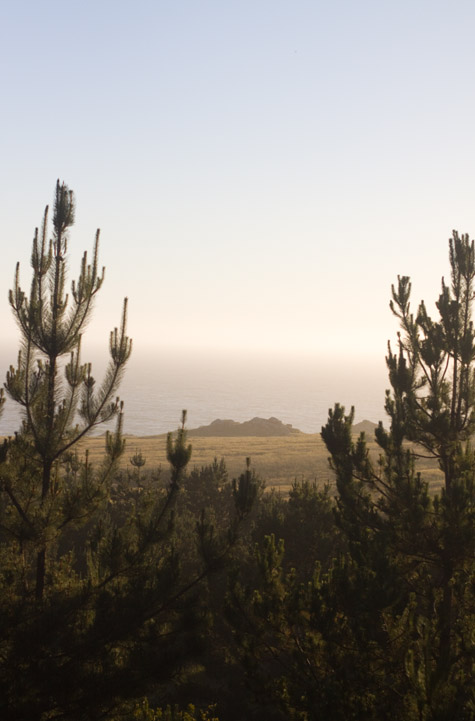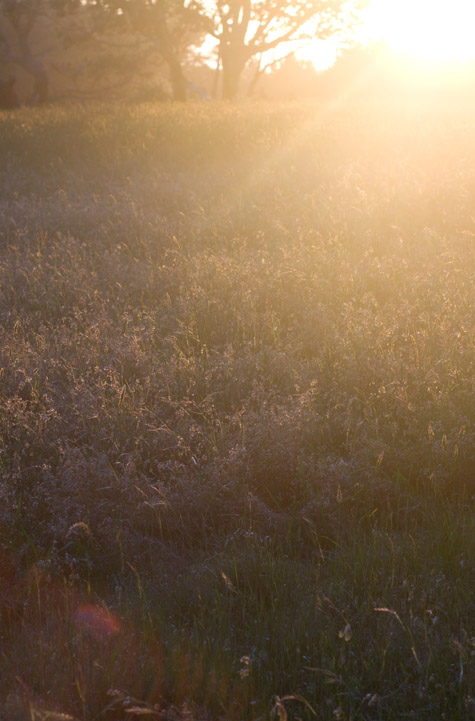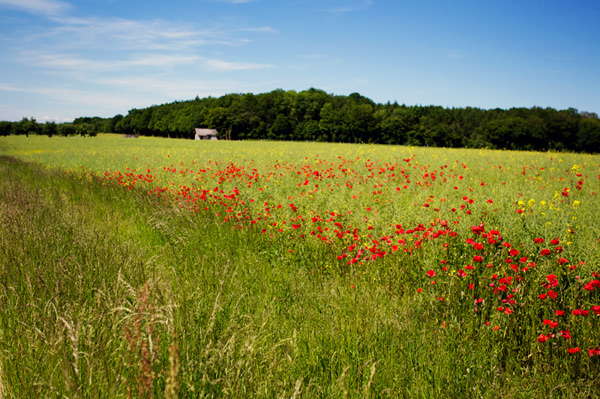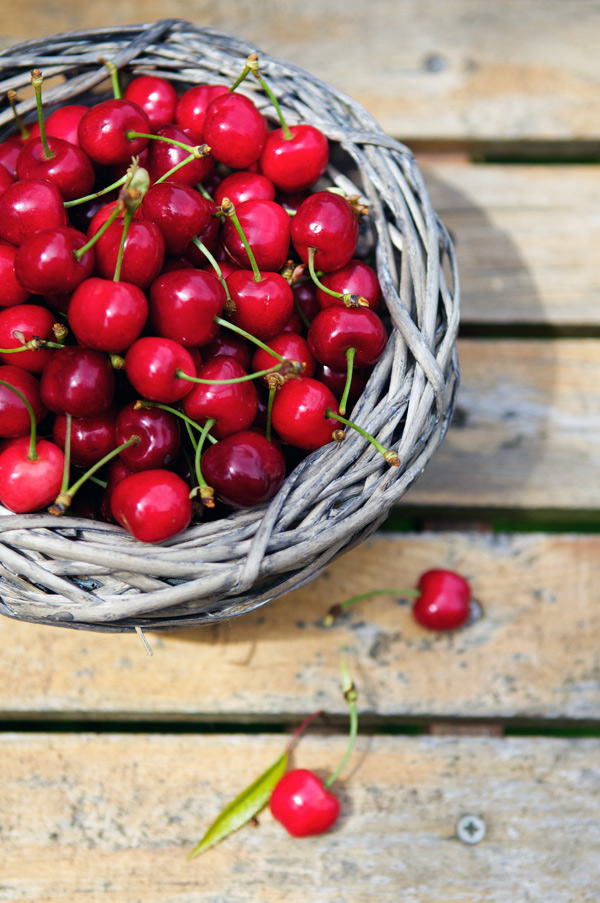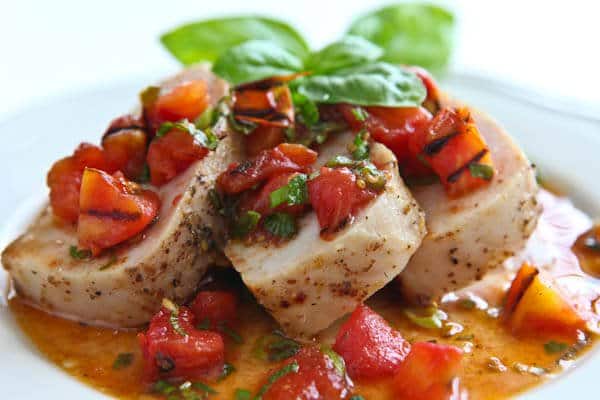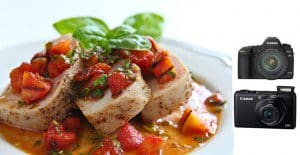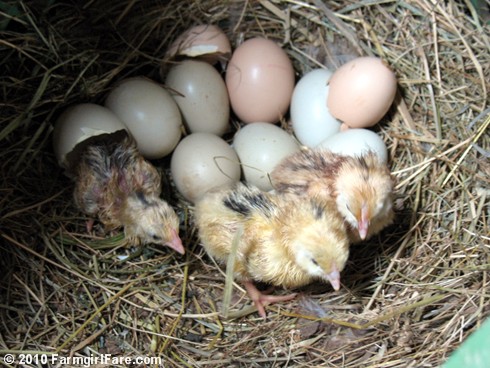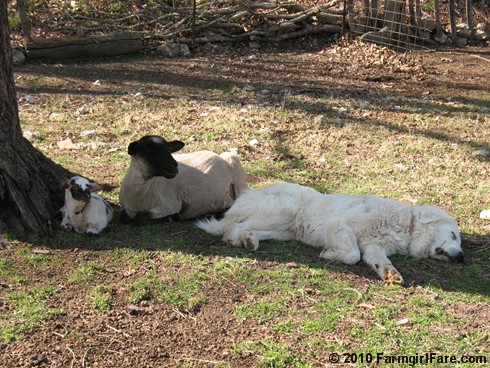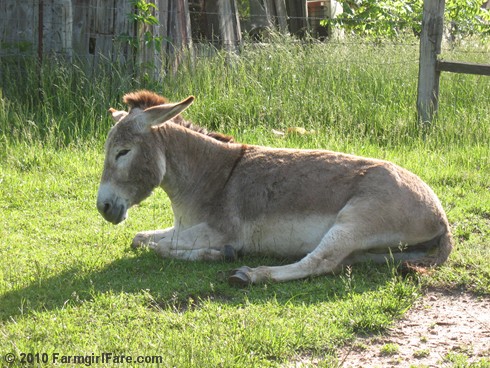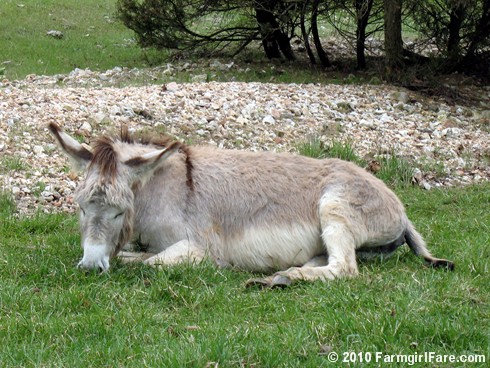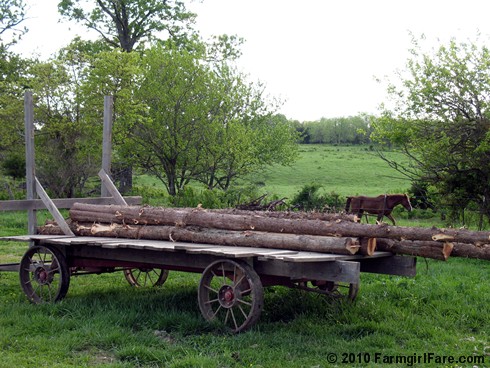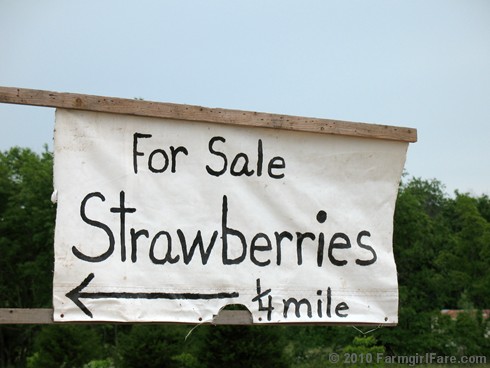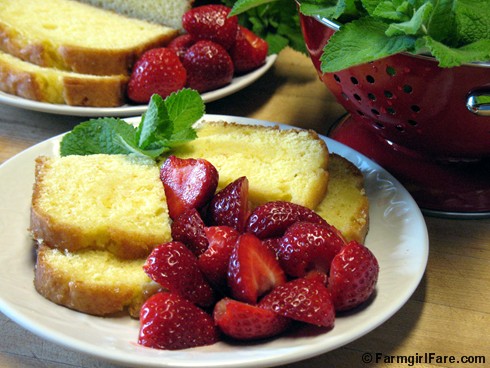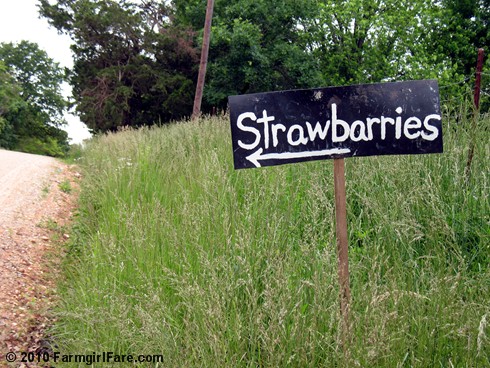A few things before we get started:
1) I had dinner at Alinea the week before last. It was beyond beyond beyond any dinner I've had there before. It kicked my ass, made out with me, screamed at the top of its lungs, did a mile of back handsprings, and blew my mind. Details are forthcoming.
2) The new season of Top Chef (in DC!) starts this week on Bravo, and I have the delightful honor of recapping the series each week for Washingtonian magazine. Every Wednesday night/Thursday morning, the recaps will go up here. Hope you'll come over Washingtonian-way and join the convo.
* * * * *
When I ate at Alinea last year, I had a different version of this dish. The A1 was powdered, and while it wasn't bad, I really only ate it on one bite of the beef it was served to accompany. I'm just not a fan of A1. My brother slathers it all over his steak. Friends of mine put it on scrambled eggs. Me? I've just never liked the taste of it, nor have I ever gotten the appeal of it. If beef is good on its own, then why add anything to it?
That said, I was curious to try this dish because every individual ingredient appealed to me.
My food-savvy friend, Joey, IMed me a few days ago to ask what dish I was working on for this week's post. When I wrote "Beef -- page 194," there was a loooong pause before I got a return IM from him that read, "Wow, that recipe just goes on and on and on!"
Yes.
It does.
It's a six-pager. Twenty elements in all. Lots of dehydrating. Lots of sous vide action. Lots of dishwasher cycles. Lots of lovely, lovely food I was so excited to cook. Let's get to it.
I made this over the course of two days. I needed to. I don't have enough counter space or stove-top space or dehydrator trays or electrical outlets in all the right places to have done this all at once. Time for a kitchen renovation, methinks.
Day One
Let me start by saying that there are two elements of this dish I did not do: the red pepper reduction and the dried red pepper. Not too long ago, I found out the hard way that bell peppers are not my friend. The first clue should've been when cutting them made my hands itch and my fingers swell. Why I ate them after that is beyond me. But I did. And it wasn't pretty. So, scratch those off the list.
First up? The raisin puree.
Now, I don't know about you, but I am vehemently opposed to the production and purchase of brown raisins. They're flies without wings. They're rat turds. They are not, nor have they ever been, two scoops of sunshine, no matter what Madison Avenue tries to tell you. They completely squick me out and I won't buy them or eat them. Golden raisins, on the other hand, I can handle. They're lovely to look at, and they've got a little more life to them.
So, I chose to make the raisin puree with golden raisins. I blanched them three times, then put them in the blender with a little salt until the mixture was smooth. I pressed that mixture through a chinois into a little storage container until I was ready to plate the next day:


The next thing I did was dehydrate some tomato slices:

After six hours, they looked like this:

Then, I dehydrated some elephant garlic:

I blanched very thin slices of that garlic in milk (three times!) and dehydrated them. After three hours, they looked like this:

Next up? Dried orange zest. I've gotten really good at peeling oranges, so that I don't have to go back and carefully slice away the pith. I peeled these two oranges....

... then sliced those peels into thin strips, blanched them in simple syrup, then dehydrated them. After four hours, they looked like this:

And now, for some onion rings! I sliced this onion across its equator:

... then, I used my mandoline to slice very thin slices, which I cooked and soaked in simple syrup before dehydrating. After five hours, they looked like this:

Mmmmmm, ginger:

I peeled and very thinly sliced that ginger (using my mandoline), which I simmered in simple syrup for about 15 minutes. After five hours in the dehydrator, they looked like this:

Next up was the rib eye. I knew I was only having 4 or 5 people over for this dish instead of my usual 7 or 8, so I only bought half the amount I needed:

I cleaned up those slabs o' meat -- removing all the outer fat and silverskin. The book instructs you to save the fat so you can render it for the potato portion of this dish, but I already had rendered beef fat in the fridge, so I saved this fat to render later in the week. After the rib eyes were cleaned up, I cut them into small 3- to 4-oz portions, put them in a Ziploc sous vide bag, and cooked them sous vide in 134F-degree water for 20 minutes:

When the meat was done cooking, I plunged it into a large bowl of ice water (more ice than water) to stop the cooking process. When it had sufficiently cooled, I put the bag of meat in the fridge to keep it cold until the next day, when I would finish everything for this dish.
Day Two
I got an early start so I could make sure everything got done, and have a few hours of buffer time in case anything went drastically wrong.
The first thing I did on the second day was make the spiced vinegar sauce. It starts with toasting whole cloves and allspice berries, grinding them to a fine powder, then adding the spice powder to a saucepan with water, sugar, and vinegar. I brought this mixture to a boil: 
After it had boiled for a few seconds, I turned off the burner and let it steep for 20 minutes. Then, I poured it through a fine-mesh strainer into another saucepan, added the agar agar and brought that to a boil, whisking like crazy while it boiled for 90 seconds. I poured that mixture through yet another fine-mesh strainer into a bowl set in a bowl of ice so it could cool and start to set:

After about 45 minutes nestled in the bowl of ice, I moved the vinegar mixture (which was starting to set) to the fridge where it could get really cold and finish setting.
The next thing I worked on was the bitter orange puree. I kinda had to MacGyver this because I couldn't find bitter oranges anywhere I looked or called. No one had them. So, I decided I'd use regular navel oranges. But, with bitter oranges, the trick is to sous vide the entire orange (peel and all) because that activates the pectin and thickens it to a puree. I didn't want to do that with regular oranges (because the makeup of the peel and the pith is different from bitter oranges), so instead, I decided to supreme two large navel oranges and put them in a saucepan with all the other ingredients the recipe called for -- simple syrup, grapeseed oil, and salt. I lowered the amount of grapeseed oil (from 50g to 30g) because for some reason it felt like the right thing to do. I brought this mixture to a boil, then let it continue to cook on a high simmer for about 45 minutes, until the oranges had really begun to break down and get stewy:

I put that mixture into my blender and whacked it around on really high speed until it was nice and smooth. Then, I returned it to the pan, and added 8g of apple pectin and brought it to a boil again, whisking the entire time to incorporate the pectin. It started to thicken, and you'll see the final orange puree in the plating shot at the end of the post. I was really happy with the way it turned out, considering I pretty much had no idea what I was doing and relied on my ever-growing knowledge of SCIENCE.
The next thing I worked on was the anchovy sauce. I'd made anchovy butter the day before (and forgot to take photos). I reduced some veal stock, then added just a few grams of the anchovy butter (which I made by pureeing some anchovy filets along with some unsalted butter), and whisked it to incorporate.

You'll see the finished product in the final plating photo.
The next thing I did was bake the potato slices before turning them into sort-of-potato-chips. In the book, Chef suggests using a Japanese rotary slicer to make loooooong strips. I don't have a Japanese rotary slicer (Even though I want one. Bad.), so I just sliced a russet potato on my mandoline and made smaller strips instead of one big, long strip.
But before I even did that, I melted some of the rendered beef fat in the new (!!) All-Clad copper pot I was given at the James Beard Awards (it's just so pretty -- I use it all the time):


I sliced this potato as thinly as I possibly could...

... then laid those slices (which I'd trimmed to a more even rectangle shape) on a sheet pan I'd brushed with some of the rendered beef fat, then brushed a little more beef fat on the tops of those slices, and put them in the oven for 6 minutes.

When they were done, I transferred the potato slices onto a different sheet pan which I'd lined with parchment. When they'd cooled to room temperature, I covered them with another piece of parchment paper and let them rest before I needed to deep-fry the ends of them for the plating.
By now, the vinegar sauce gel was MORE than set:

I chopped it up a bit and put it in the blender on high speed for a minute or two (along with some kosher salt) until it was a smooth puree. I pushed it through a chinois, and you'll see the final outcome in the plating photo at the end.
Are you tired yet? This might seem like it was exhausting or a lot of work, but it really wasn't. I promise.
Last, but not least, the Yukon gold puree. I started with these two bad boys:

I put them in a Ziploc sous vide bag and cooked them in a pot of 190F-degree water on the stovetop for an hour. I helped keep them below the water's surface by dunking a ladle in and letting it fill with water so that it could be a bit of a weight:
 When the potatoes were done, I mashed them through a tamis into a saucepan with warmed cream in it:
When the potatoes were done, I mashed them through a tamis into a saucepan with warmed cream in it:

Then, over low heat, I stirred in nearly two sticks of butter (yes, kids, that's a ratio even Ruhlman could love -- a 1:1 potato to butterstick ratio), a few 1/2" cubes at a time until it was fully incorporated and the potatoes were creamy.
The last thing to do before plating was to sear the meat. Well, the last thing, really, to do was to go through the list of elements in this dish and make sure I had everything lined up for plating. Sauces? Check. Dehydrated items? Check. Purees? Che.... oh, wait. Oh no.
Crap.
Somehow, in all my meticulous planning I'd forgotten to make the chive puree. Even worse? I completely forgot to buy chives, and the meager amount growing in my garden right now wouldn't even come close to the 8 oz. I needed for the puree.
Dangit.
So, I kicked myself in the butt a few times and soldiered onward. I had no choice. I was 15 minutes away from everyone coming over, so there was no time to run up to the Co-op and spring what likely would've been $15 on 8 oz. of chives.
I deep-fried (in canola oil) the ends of the potato strips (which you'll see in the final plating shot) and seared the beef on the grill-top:

And then, I plated everything: 
So, clockwise: raisin puree, garlic chip, dried tomato, potato strip, beef (atop potato puree), a streak of the orange puree, a blorp of spiced vinegar sauce, dried orange zest, chive tips (from my garden), another piece of beef (atop an anchovy strip) with an onion ring on top of that next to some of the anchovy sauce. There's a ginger chip underneath that second piece of beef, and some fresh ginger juice drip-dropped on top of everything.
I am really proud of this dish. It was a lot of work, and it was the first thing I cooked after having dinner at Alinea. After visiting the mothership. After being in the presence of greatness on a plate. I'll admit I was a little intimidated to open this cookbook again after my time in Chicago. To see and to taste and to experience the absolute pleasure that kitchen and the service team provides can be overwhelming and humbling. It was both those things, but it also energized me and put me on a higher plane of appreciation when I sliced that onion so so thin.... when I peeled that orange zest.... and when I MacGyvered that orange puree. It made me really pay even more attention to what I was doing and how I was doing it (except for the chive puree brain fart).
That plate of food you see above tasted really, really good. Thinking back on it now, I could've been more generous with the ginger juice, I think. I was conservative with it because fresh ginger is such a powerful flavor that I didn't wanna go overboard and have everyone be like, "Um, could I have a little beef with my ginger?" But now that I've eaten it, I know I could've done a few more drops or drizzles. Even with that, I thought this was really good. All the flavors, of course, played nicely with one another as they were meant to. I wish I hadn't forgotten the chive puree, because I think that would've amped it up even more.
I really loved this dish, and while I might not make it the same exact way in the future, as we get into summer and I dream of grilled steak (hold the A1), I can totally see a green salad with a lot of these ingredients, and an herbed potato salad to go with.
Meanwhile, I've got leftover potato puree to go reheat for breakfast. Don't you wish you were here?
Up Next: Prosciutto, or Chocolate.
Resources: Rib eye, oranges, butter, tomato, onion, ginger, and potatoes from Whole Foods; raisins, elephant garlic, cloves and allspice from the Takoma Park-Silver Spring Co-op; Domino sugar; Terra Medi white wine vinegar; agar agar from Terra Spice; David's kosher salt; Roland grapeseed oil and anchovies; veal stock from my freezer; Organic Valley cream; rendered beef fat from my fridge; Natural by Nature milk; chives from my garden; 365 canola oil.
Music to Cook By: Journey; Escape. I kind of hate that "Glee" has adopted Journey as their go-to band for the show. That said, this album is always in my regular rotation. I can't help it. It's an old, old favorite and brings back so many amazing memories from my junior high and high school days. No matter what kind of day I'm having, Journey: Escape always makes it better. It just does.
Read My Previous Post: Goose, blood orange, sage, roasting goose aroma (adaptation)







































 You also
You also 
 As you don't have a WFO at home, what do you normally use to make
As you don't have a WFO at home, what do you normally use to make 













